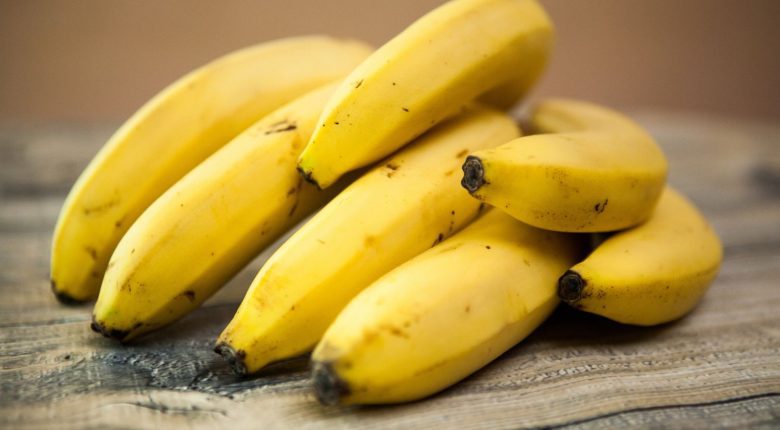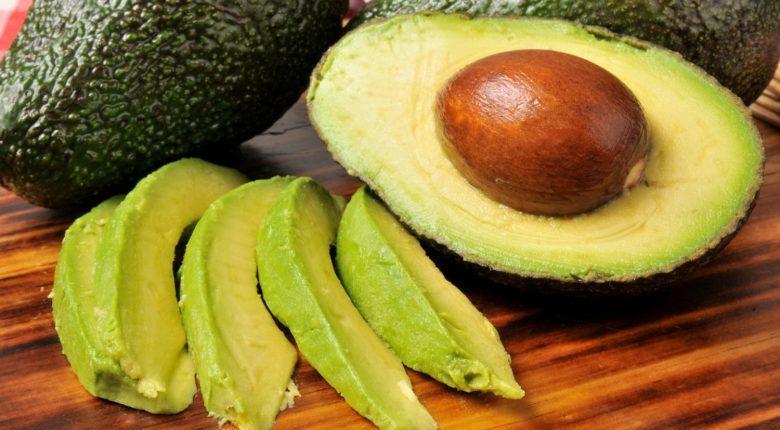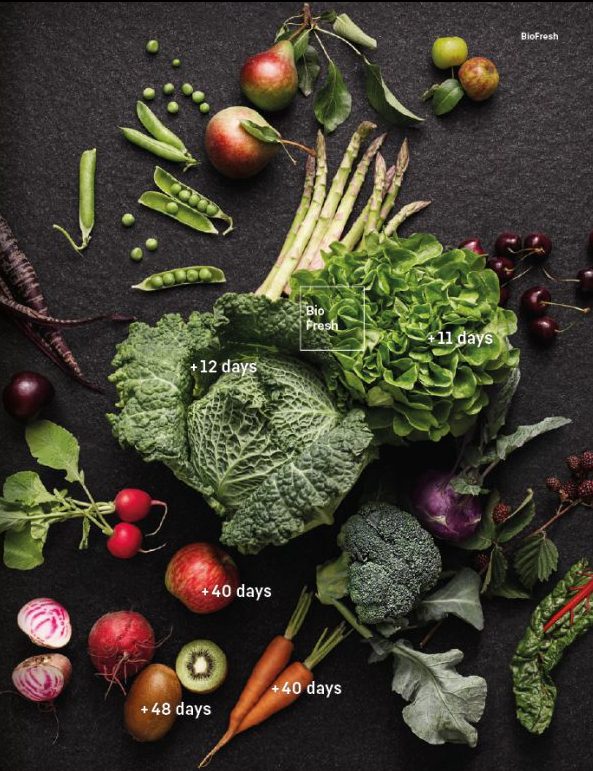In the realm of fresh produce, some fruits and vegetables require extra care when it comes to storage. Cold-sensitive varieties, including delicate fruits like bananas and avocados, as well as tender vegetables like tomatoes and cucumbers, demand a different approach to preserve their freshness. In this article, we’ll explore what sets them apart, the best practices for their preservation, the consequences of improper storage, and some additional tips to keep them at their best.
Understanding Cold-Sensitive Produce
Cold-sensitive fruits and vegetables have a higher susceptibility to damage and accelerated spoilage when exposed to cold temperatures. Their delicate structures and specific chemical compositions make them prone to chilling injuries or loss of flavor and texture.
Optimal Storage Techniques
Room Temperature Storage
Cold-sensitive fruits and vegetables generally fare best when stored at room temperature. Find a cool, dry spot away from direct sunlight to prolong their shelf life.
Ethylene Control
Certain fruits like bananas and tomatoes emit ethylene gas, which can speed up ripening and spoilage. Keep them away from ethylene-sensitive produce to prevent premature deterioration.
Proper Ventilation
Ensuring good air circulation is crucial. Use mesh bags or perforated containers to maintain airflow and prevent moisture buildup.
- Consequences of Crisper Storage: The crisper drawers in refrigerators are designed to regulate humidity and preserve the freshness of many fruits and vegetables. However, cold-sensitive produce may suffer adverse effects when stored in these compartments. The high humidity levels and low temperatures can cause chilling injuries, resulting in texture degradation and flavor loss.
- Additional Tips for Storage: a) Separation: Keep cold-sensitive items separate from ethylene-producing fruits like apples and pears to prevent unwanted ripening. b) Individual Wrapping: Wrap each piece of delicate fruit, such as avocados or peaches, in paper towels to protect them from bruising and excess moisture. c) Monitoring: Regularly check stored produce for any signs of spoilage or overripeness. Remove any damaged items promptly to prevent further deterioration.
What about other fruits and vegetables?
Discover the advanced storage capabilities of Liebherr BioFresh technologies, designed to keep your fruits and vegetables fresher for longer. In this article, we explore the innovative features and provide valuable tips on storing your produce to maintain their optimal quality and extend their shelf life.
- Embracing BioFresh: Liebherr’s BioFresh technology creates the ideal environment for fruits and vegetables, ensuring long-lasting freshness. Its precise temperature and humidity controls help preserve vitamins, flavors, and textures, enhancing the quality of your produce.
- Temperature and Humidity Control: Adjustable temperature zones allow you to set the optimal conditions for different types of produce. Lower temperatures in the vegetable compartment help retain crispness, while slightly higher temperatures in the fruit compartment maintain juiciness. The humidity control system ensures the right moisture levels to prevent drying out or excess moisture buildup.
- Separate Storage Compartments: BioFresh compartments in Liebherr refrigerators provide dedicated storage spaces for fruits and vegetables. This separation helps avoid cross-contamination of odors and optimizes the storage conditions for each type of produce, preserving their unique flavors and aromas.
- Liebherr’s SmartDevice technology enables you to monitor and adjust the settings of your refrigerator remotely. Stay informed about temperature changes, receive alerts, and ensure the perfect conditions for your fruits and vegetables, even when you’re away from home.
With Liebherr BioFresh technologies, you can revolutionize your fruit and vegetable storage, maintaining their optimal quality and extending their shelf life. Experience the difference and enjoy fresh, flavorful produce with Liebherr’s innovative refrigeration solutions.